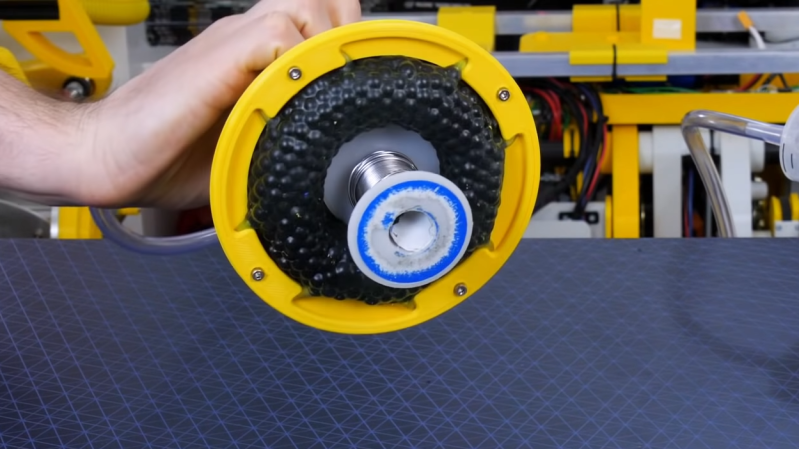Air-powered soft robotic hand used to play Super Mario Bros
Robotic hands do show a lot of promise for various applications, but their mechanical complexity still limits their possible uses. A new air-powered hand is much simpler, but still dextrous enough to be utilized to play a video game.Continue ReadingCat… Continue reading Air-powered soft robotic hand used to play Super Mario Bros
